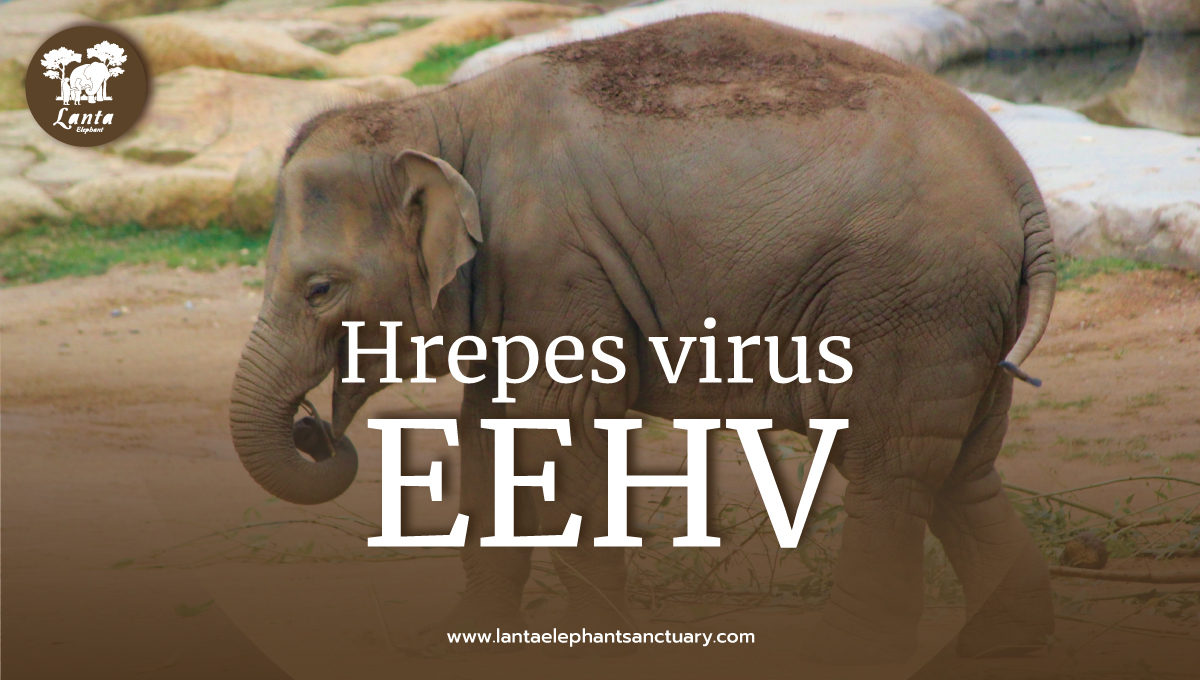Free Courses Sale ends Soon, Get It Now


Free Courses Sale ends Soon, Get It Now



Copyright infringement not intended
Picture Courtesy: lantaelephantsanctuary.com
Context: The Haemorrhagic disease (HD) affecting the Asian elephant population, caused by the elephant endotheliotropic herpesvirus (EEHV), has raised concerns due to increased mortality among elephant calves in both captive and free-range environments in India.
Details
Background and Concerns
Research Conducted
Importance of Research
Elephant Endotheliotropic Herpesvirus (EEHV) and EEHV Hemorrhagic Disease (EEHV-HD)
Transmission Dynamics
Clinical Presentation and Diagnosis
Treatment and Management
Preventive Strategies
|
EEHV poses a significant threat to elephant populations, particularly young Asian elephants, and combating this disease requires a multifaceted approach. It involves comprehensive research, diagnostics, vigilant monitoring, preventive measures, and collaborative efforts within the global scientific and conservation communities to safeguard these majestic creatures from the devastating impact of EEHV-HD. |
Conclusion
Must Read:
Project Elephant: https://www.iasgyan.in/daily-current-affairs/project-elephant
|
PRACTICE QUESTION Q. What are the key challenges and opportunities in the conservation of biodiversity in India, and how can stakeholders collaborate to strike a balance between economic development and preserving the rich ecological heritage of the country? |
© 2024 iasgyan. All right reserved